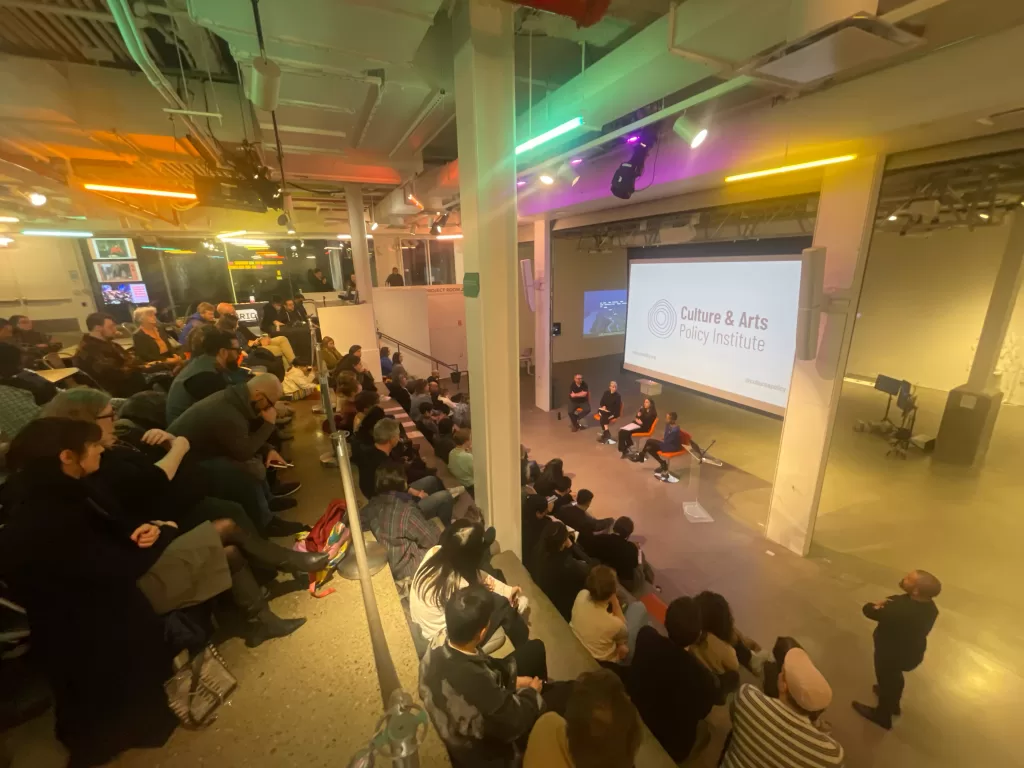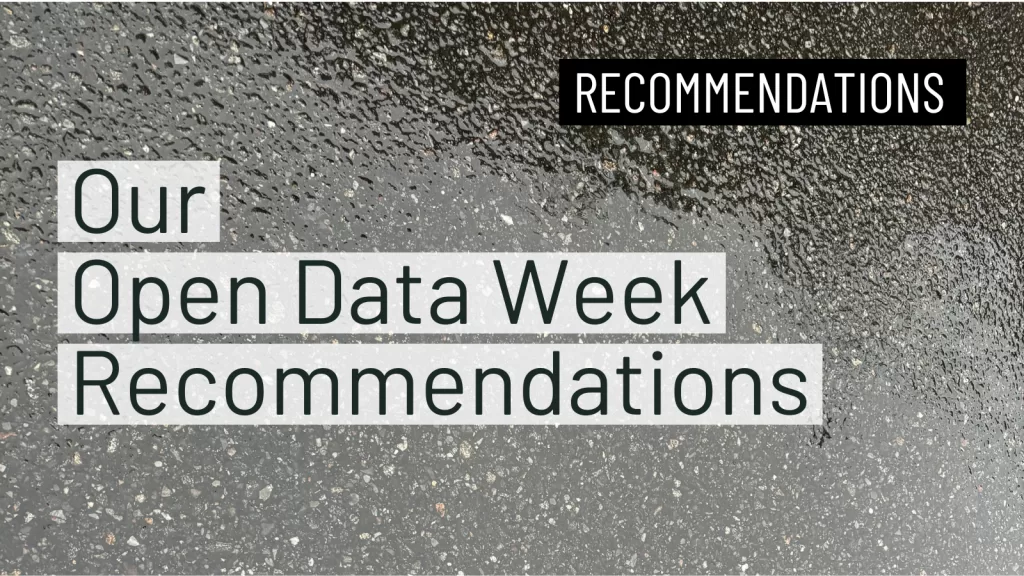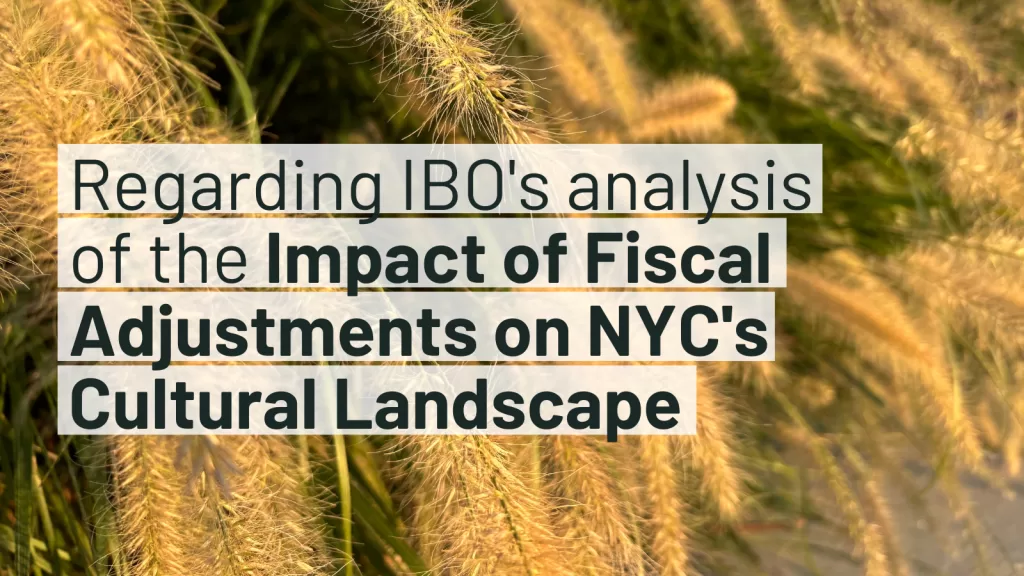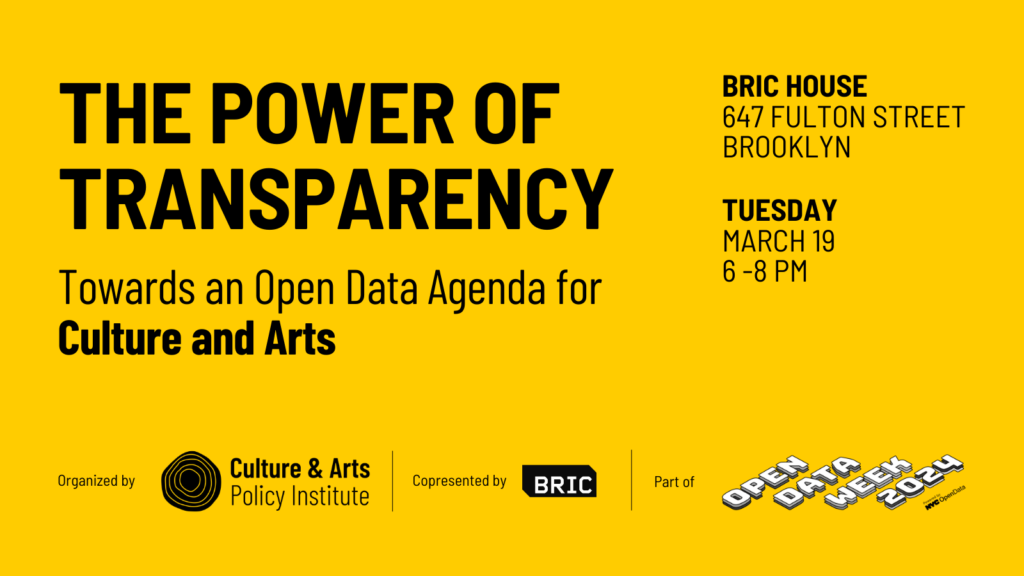
Equity and Justice Program
Our Equity and Social Justice program focuses on creating, disseminating, and implementing tools to operationalize equity and justice in NYC’s culture and arts sector. Through research, education, and co-creation, the program aims to support cultural workers, artists, government officials, and foundation professionals in this work.
Current Projects
BUDGET SNAPSHOTS:
DCLA, NYSCA, NEA, IMLS
Despite efforts to increase budget transparency, many actors in the cultural sector need help navigating the process and tracking funding changes. The Budget Snapshots provide an educational tool to help cultural workers, artists, and New Yorkers stay informed about local, state, and federal arts funding.
The first annual Budget Snapshot will focus on the NYC Department of Cultural Affairs budget (DCLA). With an annual budget of $240 million, DCLA supports over 1,300 organizations vital to the city’s cultural diversity. Changes to this budget significantly impact the arts, underscoring the importance of community oversight. The Budget Snapshots strengthen budget transparency and accountability. They enable New Yorkers to advocate effectively for culture, its priority in city budgets, and that public cultural investments align with equity and social justice principles.
SMALL BUDGET ARTS ORGANIZATIONS:
Recognizing and Addressing Precarity
Small arts organizations with budgets under $250,000 in New York City comprise most of the sector. Despite their critical community impact and operational efficiency, they face chronic underfunding. These organizations drive equity and inclusion in the arts while addressing local cultural needs, yet they are often overlooked due to structural inequities in funding and policy. Greater recognition and support are essential to challenging systemic precarity and fostering a more equitable cultural landscape.
As part of this effort, and despite the limited data available, the first phase of this research project focuses on identifying the institutional and economic profiles of small arts organizations, establishing a baseline for further analysis and action. The second phase will provide recommendations to address these organizations’ systemic precarity.



